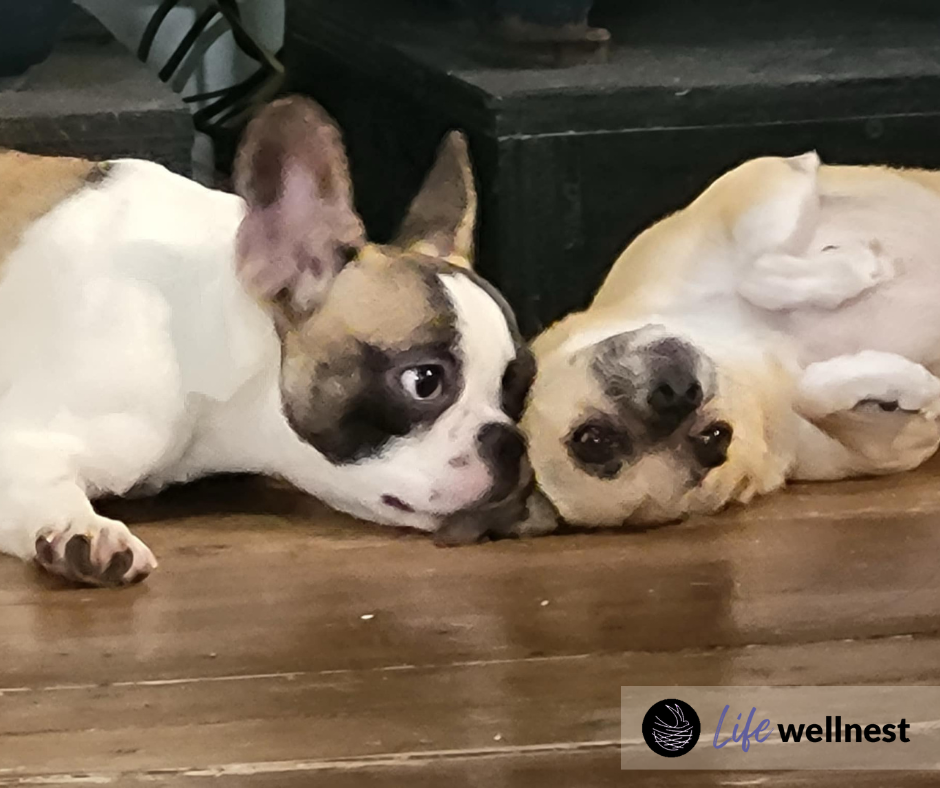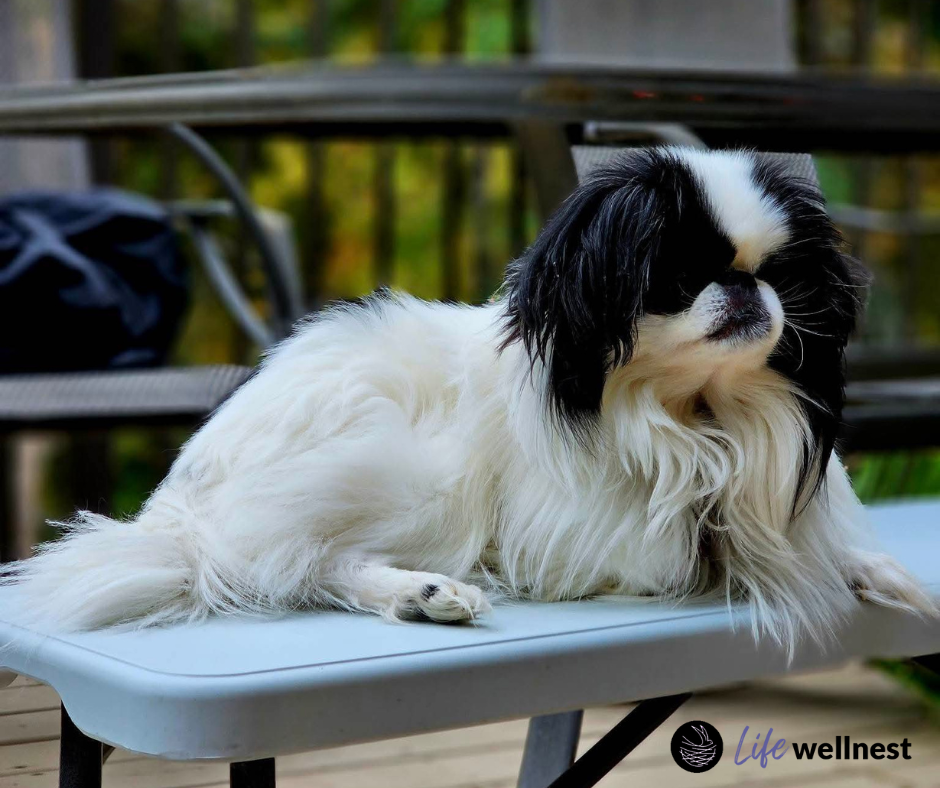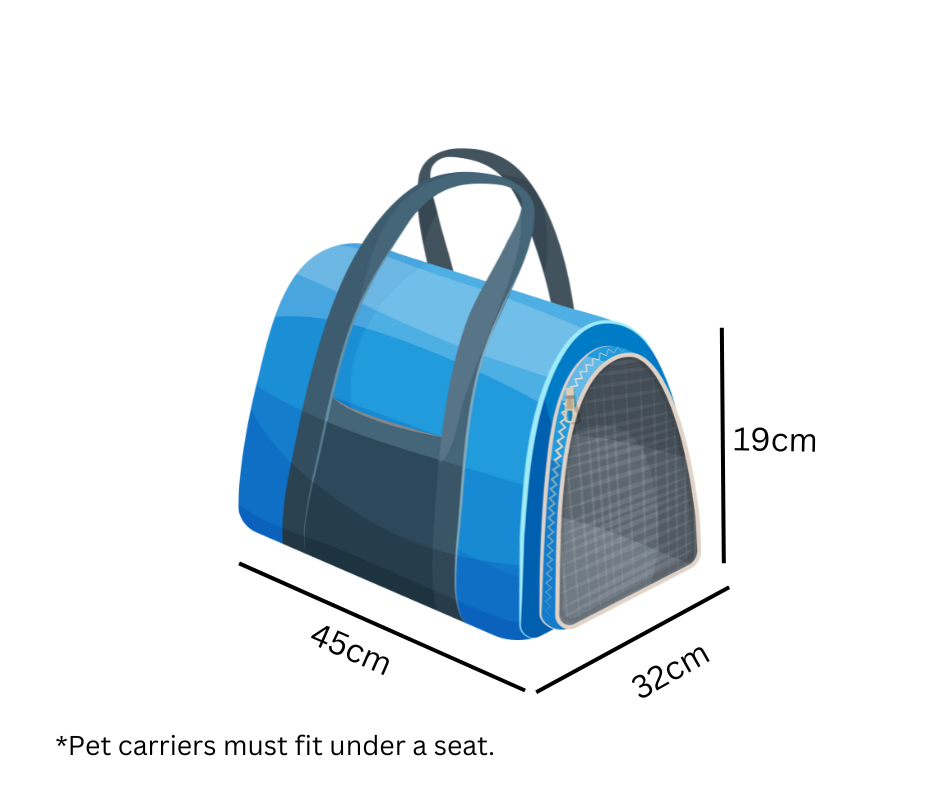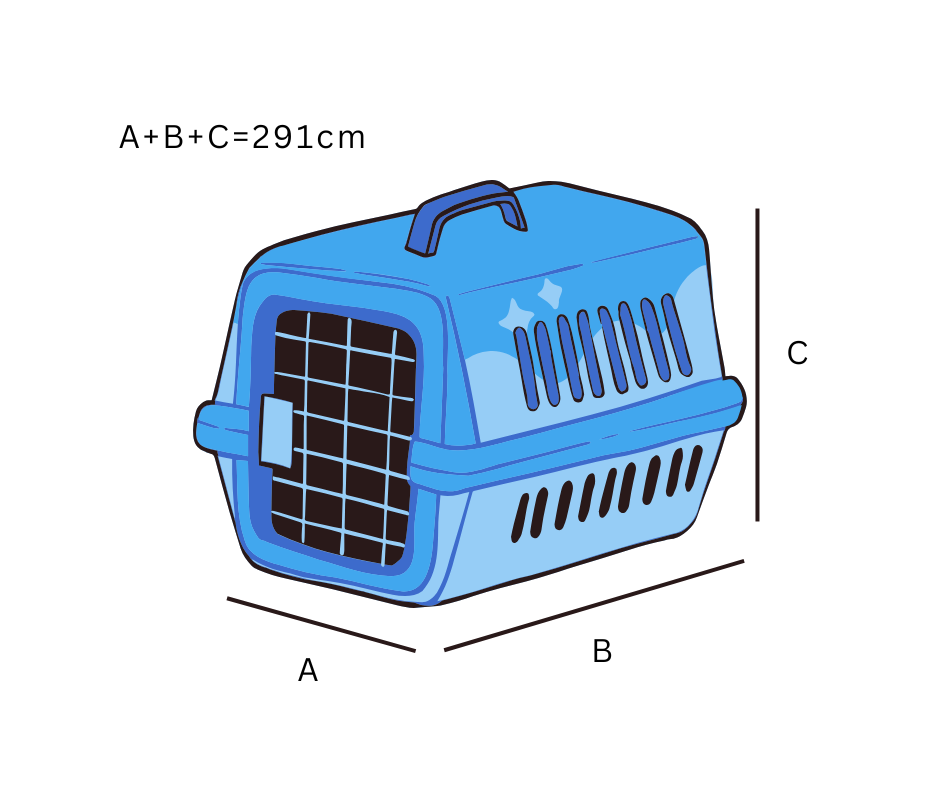Are you going on a vacay with your pet? Whether you’re traveling domestically or internationally, you need to learn about some essentials to avoid last-minute surprises. You know so well how fur babies can quickly become scared or stressed in unfamiliar surroundings. So how do you guarantee your pet’s safety, comfort, and wellbeing during the trip? Yes it takes time to meet these needs but doing so minimizes your pet’s discomfort and avoids potential health or behavioral issues.
Steps to a Stress-Free Travel with Your Pet
It’s time to begin working on the fundamentals because failing to do so could result in delays, be denied boarding, or experience other issues. Make sure that the trip will be pleasant for you and your furry friend. Attend to your pet’s needs, and be ready to anticipate any challenges. Read on and make the trip enjoyable for both of you!
1. Make Sure To Research Airline Policies
Pet carriers, breed and size limits, health documents, and modes of transportation (freight, checked luggage, or in-cabin) are all subject to particular airline policies. Verify whether your pet is allowed to travel based on breed restrictions or medical concerns. If these guidelines are not followed, boarding may be refused or needless issues may arise.
Pets are permitted on airlines like Korean Air, but you must be aware of their policies beforehand so you can make the necessary arrangements. Selecting the best travel choice for your pet’s comfort and safety is crucial, whether you are traveling with a service dog or a pet. To make your journey hassle-free and enjoyable avoid disruptions on the day of travel.
2. Ensure Your Pet Is Old Enough To Travel
A number of airlines require your pet to be older in order to travel. For actual age restrictions, always confirm with the airline and the destination country.
For Domestic Flights, pets must be at least eight weeks old and completely weaned. A lot of airlines demand your pet to be older in order to travel. Hence, it is essential that you get in touch with the airline you intend to fly with.
However, for specific breeds, some airlines may raise the minimum age requirement to 10–12 weeks to ensure that there will be no health and safety issues during the flight.
For International Travel, pets frequently need to be at least 12–16 weeks old to satisfy vaccine criteria. Timing of vaccinations and health certifications are mandatory to prevent issues. These requirements will be checked by airline personnel before payment of pet fare and boarding.

3. Book in Advance But Don’t Pay Yet
When traveling with a pet, it is vital to make reservations in advance because most airlines have a limited number of pet-friendly seats, particularly in the cabin, and these fill up quickly.
Making a reservation in advance guarantees your pet a spot and gives enough time to comply with all vital documents and vaccination requirements. In order to confirm your reservation, you must also inform the airline details about your pet after making your reservation. Call the airline hotline after you have booked your own flight.
You will not be required yet to purchase a flight ticket for your pet, all you need to do is to inform the airline that you will bring along a pet so they can reserve a space for the carrier or the crate.
Important note: Make sure to select a flight that has ONE layover, but it’s best to get a DIRECT FLIGHT for shorter travel time which of course will be very beneficial not only for you but for your pet.
4. Complete Your Pet’s Health Documentation
Health documentation requirements depend on both the destination and the origin of travel, as countries and airlines have specific rules for pet entry and transit. Always check the regulations of the destination country, the airline’s pet travel policy, and any stopover countries to ensure compliance. If you need to bring a pet from the US to another country or vice-versa, it is essential to meet entry requirements.
Various countries and airlines have different policies regarding every pet’s health certification. To guarantee compliance, always verify the airline’s pet travel policy, the destination country’s laws, and any country where you will be stopping. Meeting entry regulations is crucial like transporting a pet from the United States to another nation, or vice-versa. Those requirements typically includes:
Health Certificate: This certification, which should be provided by an authorized veterinarian, attests to the health and suitability of your pet for travel. It is frequently needed within a certain window of time prior to the flight (such as 10 days).
Vaccination Records: Most airlines and destinations require proof of current immunizations, particularly for Rabies Distemper, Leptospirosis, Parvovirus, and Adenovirus type 2.
Microchip Certification: Pets must have an ISO-compliant microchip for identification in specific countries and on certain flights.
Import/Export Permits: Animal exports and imports in certain destinations require permits, which need to be obtained beforehand (usually from the Bureau of Animal Industry).
Breed and Size Documentation: Proof of your pet’s breed or weight may be requested by airlines, particularly for breeds with restrictions. Brachycephalic or snub-nosed breeds are usually restricted from air travel because they are susceptible to increased risk of heat stroke and breathing problems when exposed to stress or heat.
Pet Passport (if applicable): Some countries, like those in the European Union, need pet passports to keep track of all of their pets’ health and vaccine records.

5. Purchase The Right Carrier or Crate
It is important you purchase a carrier that is compliant with IATA standards and fits under the seat in front of you. Standardized carriers help transportation staff handle pets safely as it meets airline space requirements. To ensure the safety, comfort, and well-being of pets during travel, a secure, well-ventilated carrier will prevent pets from escaping or being injured during transit, while also protecting other passengers and other animals The ideal carriers are made to give pets enough space to stand, sit erect, turn, to lie in a natural position and sit down without feeling squished or stressed. It is also important to clearly label the carrier with your name, contact information, and a photo of your pet.
What is the right pet carrier size and dimensions?
For In Cabin make sure that the total weight of your pet and the IATA approved pet carrier is 7kg (15 lb) or less.

As Cargo the total weight of your pet and the pet carrier must be 45 kg (99 lbs.) or less. The sum of length x width x height 291 cm (114 in) or less (up to 84 cm (33 in) high. Transport may be restricted when exceeding 32 kg (70 lb.) in some countries.

6. Acclimate Your Pet
Traveling exposes pets to unfamiliar environments, sounds, and movements, which can be frightening if they have not been prepared for it . Therefore, it is essential to acclimate your pet before taking off to help them feel less stressed and anxious.
You can make them feel more at ease and secure by acquainting them with the carrier, the noises, and the conditions they will face.
Additionally, this preparation reduces the likelihood of travel-related issues such as excessive barking, restlessness, or stress-related health issues. Through acclimation, you help your pet adjust to the carrier and travel. This will make the entire experience less frightening and easier to handle.
7. Essentials Before and During Air Travel
If you are flying with your pet on board, be sure you follow pet etiquette to ensure everyone else’s comfort and safety.
-Make sure that the pet carrier is clean. Line the bottom with paper, towels, blankets or absorbent pads.
-Prepare a muzzle in case your pet makes noise, such as barking and whining.
-At least two hours prior to boarding, give your pet some water and light food. No additional food is needed for the next 12 hours.
-If necessary, you can give your pet little food and water but only through an external feeding device without opening the pet carrier.
-Never attempt to remove your pet from the carrier while on board as this may cause discomfort or allergies to other passengers.
-Make sure to keep your pet carrier under your assigned seat at all times and never attempt to expand the pet carrier.
8. Check Layovers and Weather
To protect pets from extreme weather conditions, avoid travels during summer or winter. In order to protect your pets’ safety and wellbeing, it is also essential to check the weather, particularly during a layover. Pets may be seriously at risk for health problems from extreme temperatures, whether they are too hot or too cold, particularly if they must wait in cargo holds, tarmac, or transit areas. In order to prevent heat stroke or hypothermia, several airlines have temperature restrictions for pet travel. If the weather is dangerous, flights may be delayed or refused.
Understanding the weather allows you to prepare ahead of time, pick suitable travel windows, and make any necessary preparations, including picking pet-friendly layover airports with air conditioning. This preventative measure guarantees your pet’s comfort and security during the trip.

9. Arrival at the Airport
It’s crucial to get your pet ready for arrival at an airport so that you and your pet can have a stress-free, pleasant flight. When traveling to any airport, in-cabin pets must be prepared to undergo security checks and even special procedures.
Be in the know that pets will frequently be removed from their carriers for screening as you approach security checks. Getting them ready for security handling and making sure they are at ease will speed up this process. By planning ahead, you can also avoid last-minute issues or delays in compliance with airline, airport and customs regulations.
The Takeaway
The secret to a stress-free and enjoyable trip for you and your pet is to carefully prepare them for air travel. You may reduce stress and prevent issues throughout the journey by getting your pet accustomed to the carrier, obtaining the necessary paperwork, and attending to their comfort and safety requirements. With thoughtful preparation, you’ll not only achieve peace of mind but safeguard your pet’s well-being. Create a positive travel experience and set the stage for future adventures with your fur babies.🐾✈️ Share your thoughts here!


